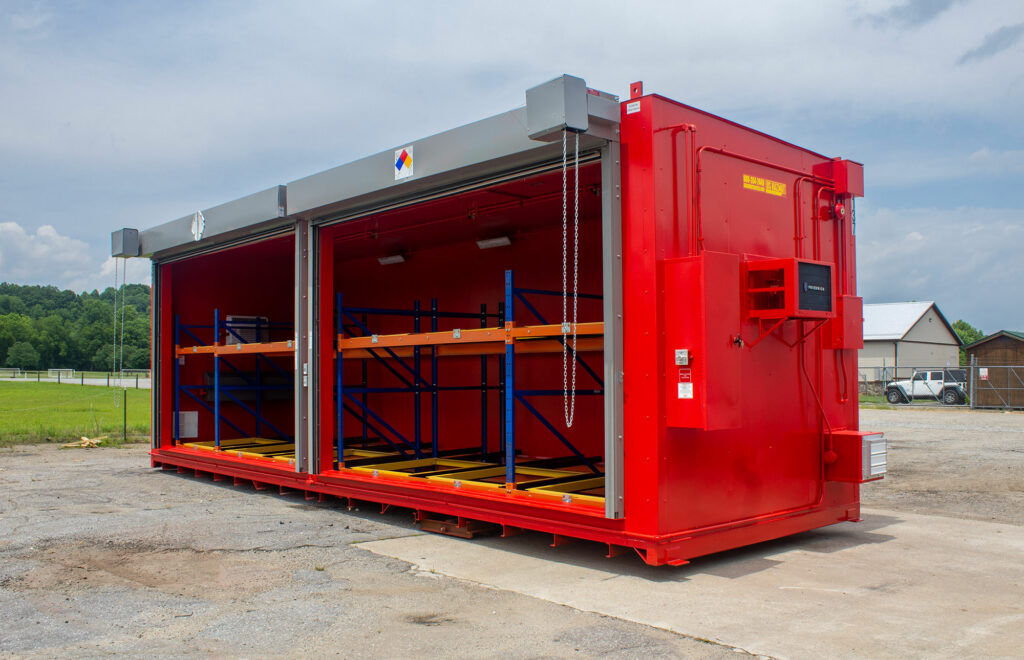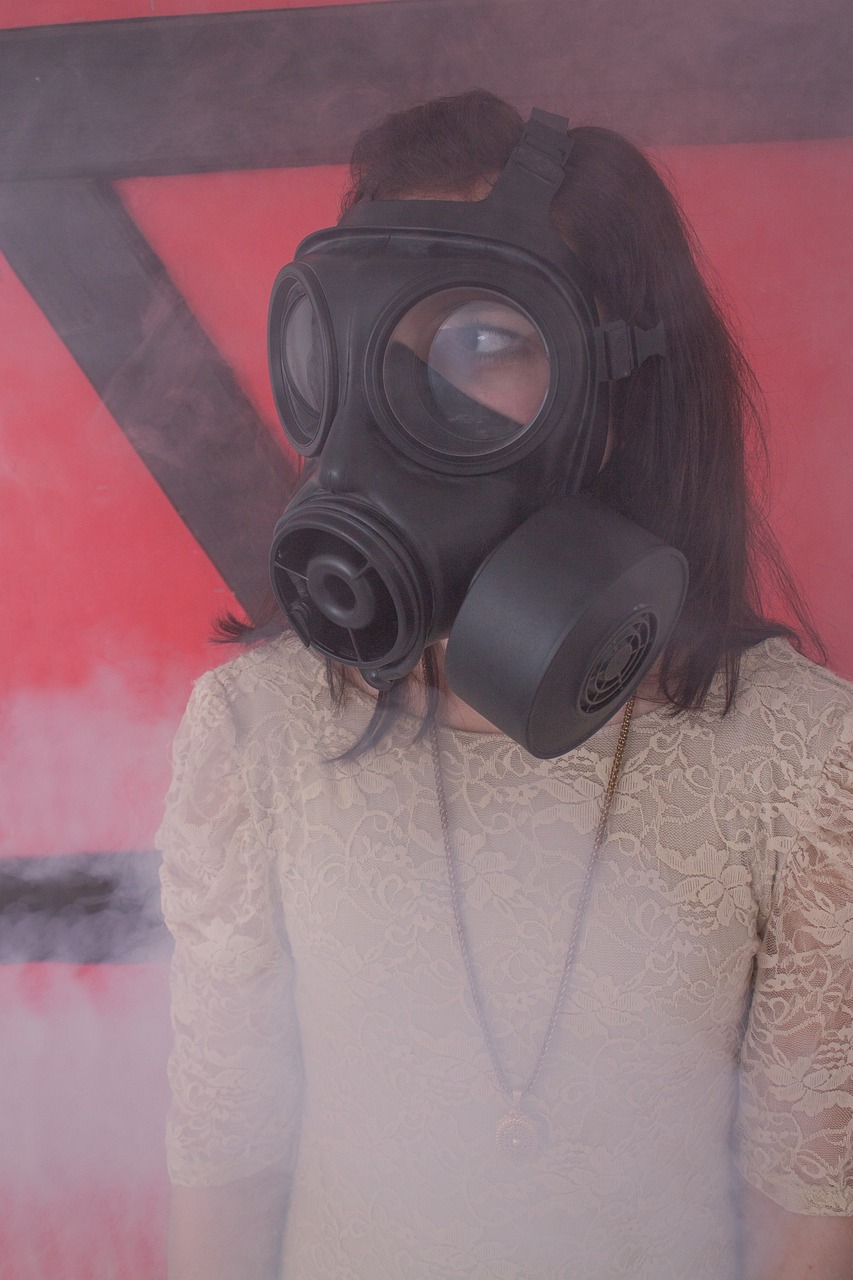How can anyone forget the infamous 2001 anthrax attacks? With fear running at a fever pitch, the perpetrator sought to sow further paranoia and uneasiness in the volatile post-9/11 atmosphere by attacking our most trusted government institutions. Forget about the fear of flight in the post-hijacking world – most Americans became too afraid even to check their mail. As if late notices and bills weren’t bad enough, everyday citizens also had to be suspicious of every letter coming into their homes. The fears ran the spectrum of the absurd and paralyzing. “Does this package carry white powder laden with anthrax spores? How can I be sure this letter from Grandma is legit?” If the mad scientist aimed to breed widespread panic, he was successful. No one felt safe. But with fear of the unknown comes the strength of knowledge. Understanding the dangers of chemical threats can allow us to head off future attacks with strategic emergency planning and sage foresight.
There’s No Off-Season for Domestic Chemical Threats
As we have learned from previous chemical attacks, small yet potent chemical concoctions yield far more terror and distrust. Less is often more when it comes to chemical threats. We must protect against all threats. Unfortunately, some clever copycats will always try to imitate past attacks, especially the more successful endeavors. Earlier this week, emergency crews responded to a report of a suspicious white powder found at a Providence, Rhode Island Post Office. After thoroughly search the premises and collecting air samples, hazmat crews gave the all clear. There was no white powder present inside the post office. Unfortunately, the damage had been done. The entire area was quarantined long enough to interrupt important government business. In all likelihood, this wanna-be anarchist wanted to flex his ability to terrorize instead of doing any real harm.
Real Danger Lurks at Every Corner
While the idea of coming in contact with kill anthrax spores is scary enough, the real dangers might be closer than we think. On any given day, millions of American workers come in contact with hazardous materials without even knowing it. From highly flammable lubricants and fuels that keep powerful machinery running without a hiccup to toxic cleaners and sanitizers we use to clean up after the job is done, nowhere is completely safe from hazardous materials. It’s up to government officials to make sure manufacturers play by the rules. Most chemical accidents occur as a result of negligence instead of malice. We haven’t completely abandoned common decency. Most people want to do the least harm possible. It’s only when we become complacent does tragedy strike. Only steel rated protected can protect employees and customers from insidious chemical threats.
Compliant Chemical Protection Provides Perennial Protection

When it comes to guaranteed chemical protection, segregation is key. Most chemical incidents, including fires and explosions, occur when dangerous chemicals interact with incompatible materials or when left exposed to environmental temperature inversions. Our fire-rated chemical storage warehouses keep varying classifications of dangerous chemicals away from errant sparks and combustible materials. Explosion relief paneling and optional fire suppression also ensures that potential flames and blasts can be contained until the firefighters can arrive on scene. Each chemical storage warehouse also comes with a spill sump containment system. In the event of a spill or accidental discharge, the dangerous chemical will far harmlessly into the sump below until safe extraction is possible. Moreover, our chemical storage lockers provide lock and key protection. They will keep dangerous and expensive dangerous chemicals away from criminals.


